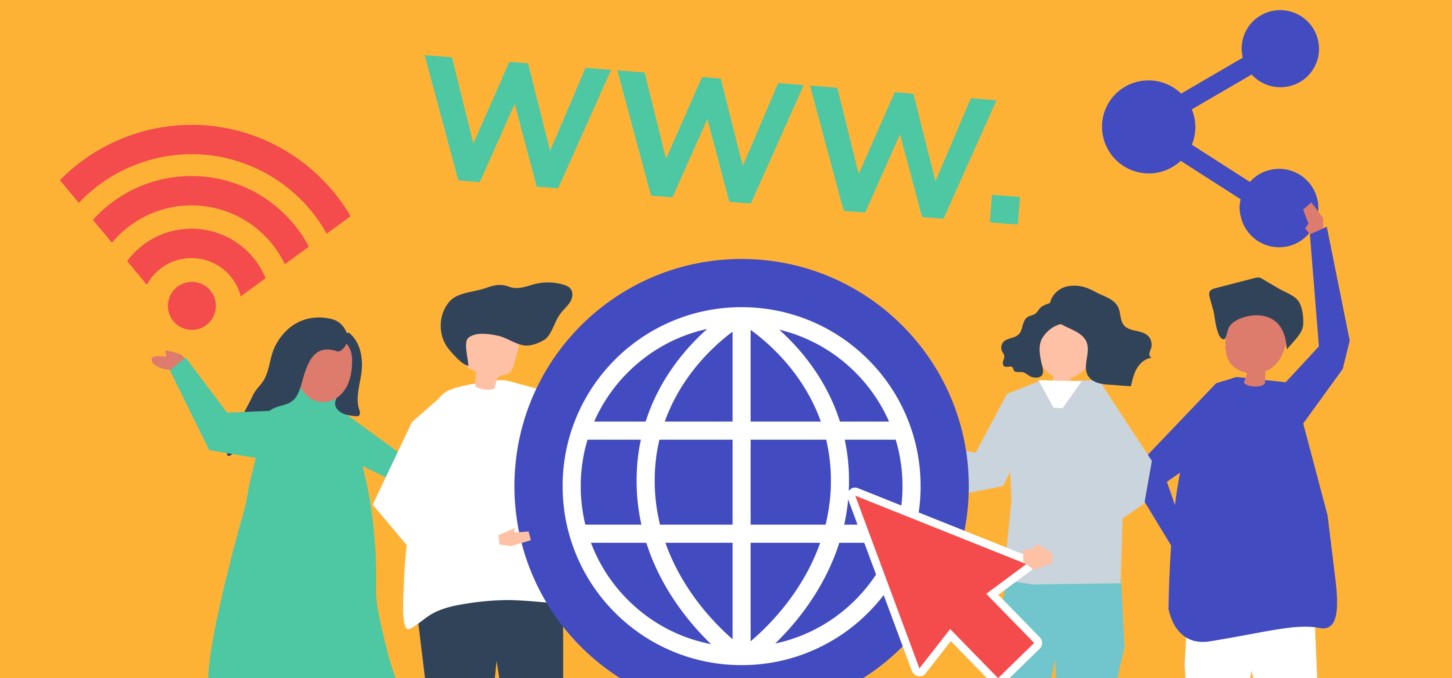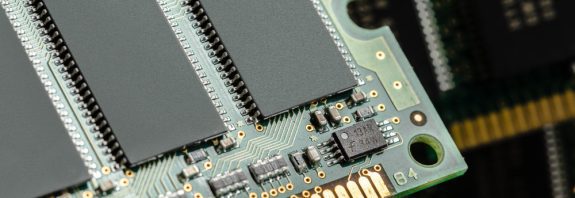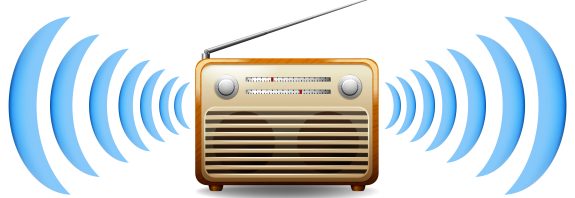What is Internet Traffic, and What Are Its Types?

In this article, we’ll explore what Internet traffic is, its various types, and how it works. Internet traffic refers to the volume of data transmitted across a network between users’ devices, servers, and other nodes. It’s the foundation of how the Internet functions, enabling us to browse websites, send messages, watch videos, or play online games.
What is Internet Traffic?
Internet traffic is the flow of digital data, measured in bits, bytes, megabytes (MB), or gigabytes (GB). It’s generated every time your device (smartphone, computer, TV) exchanges information with the network. For example, when you load a webpage, your device sends a request to a server, which responds with HTML code, images, or videos—this is traffic.
Traffic has two main directions:
- Incoming (Download): Data your device receives from the Internet (e.g., streaming a movie).
- Outgoing (Upload): Data you send to the network (e.g., uploading a photo to social media).
How Does Internet Traffic Work?
Traffic is transmitted in the form of data packets using protocols like TCP/IP. Here’s how it happens:
- Your device sends a request (e.g., to open a website).
- The request travels through a router to your Internet provider, then to the website’s server.
- The server processes the request and sends back data (text, images, etc.).
- The data returns to your device via the network.
The volume of traffic depends on the activity. For instance, viewing a text page generates a few kilobytes, while streaming 4K video can consume dozens of megabytes per minute.
Types of Internet Traffic
Internet traffic can be classified based on several criteria: data type, source, purpose, or transmission method. Here are the main categories:
1. By Content Type
- Text Traffic: The least “heavy.” Includes browsing websites, emails, and chats. For example, a single webpage might use 50–500 KB.
- Multimedia Traffic: Downloading images, music, or videos. Streaming on YouTube or Netflix can use 1–7 GB per hour, depending on quality.
- Gaming Traffic: Online games typically have low outgoing traffic (up to 100 MB/hour) but require a stable connection.
- File Traffic: Downloading or transferring large files (torrents, cloud services), which can reach tens of gigabytes.
2. By Source
- User Traffic: Generated by human actions (browsing sites, messaging calls).
- Background Traffic: Automatic processes like software updates, cloud syncing, or push notifications.
- Machine Traffic: Data exchange between IoT devices (smart bulbs, sensors) without human involvement.
3. By Network Type
- Mobile Traffic: Transmitted via cellular networks (3G, 4G, 5G). Often limited by data plans.
- Wi-Fi Traffic: Uses wireless local networks. Typically unlimited at home.
- Wired Traffic: Via fiber-optics or Ethernet, the most stable and fastest.
4. By Purpose
- Personal Traffic: For user needs (social media, entertainment).
- Commercial Traffic: Used by businesses (online stores, advertising).
- Technical Traffic: For server operations, network monitoring, or cyberattacks (e.g., DDoS).
5. By Transmission Method
- Direct Traffic: Data goes straight from the user to the server (e.g., visiting a site via URL).
- Referral Traffic: Transitions via links from other sites or social media.
- Search Traffic: Through search engines (Google, Bing).
Why Understanding Traffic Matters
- For Users: Helps manage data usage, especially on mobile plans with limits.
- For Providers: Enables network optimization, avoids overloads, and ensures quality service.
- For Businesses: Traffic analysis reveals audience behavior and improves marketing.
How is Traffic Measured and Controlled?
- Units: 1 KB = 1024 bytes, 1 MB = 1024 KB, 1 GB = 1024 MB.
- Tools: Providers and apps (e.g., NetWorx, GlassWire) track consumed traffic.
- Limits: Mobile plans often cap data (e.g., 10 GB/month), reducing speed once exceeded.
Advantages and Challenges
- Advantages: Traffic enables real-time access to information, communication, and entertainment.
- Challenges: Network congestion, cyber threats (DDoS attacks), and the need for constant infrastructure upgrades.
Conclusion
What is Internet traffic, and what are its types? Internet traffic is the “lifeblood” of the digital world, supporting all our online activities. It varies in type and function, from lightweight text exchanges to massive video streaming. Understanding its types helps us use network resources more effectively—whether saving data on your phone or optimizing a large project. Next time you open a site or watch a series, remember: behind it lies the complex and fascinating world of Internet traffic!









